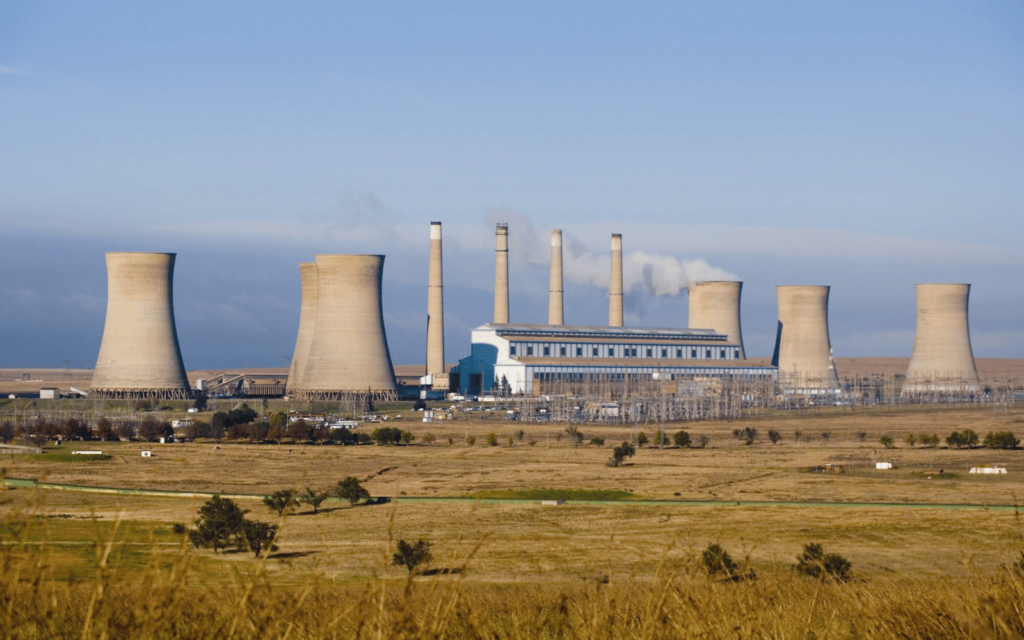South Africa’s state-owned electricity company, Eskom, has applied to the National Energy Regulator of South Africa to approve a 36.1% electricity price hike from April 2025, an 11.8% price increase in 2026 and a 9.1% increase in 2027. Steven Mathetsa teaches and researches sustainable energy systems at the University of the Witwatersrand’s African Energy Leadership Centre. He explains some of the problems with the planned tariff increase.
Why such a big hike?
Eskom says the multi-year price increase is because of the need to move closer a cost-reflective tariff that reflects the actual costs of supplying electricity.
However, Eskom’s electricity tariff increases have been exorbitant for several years – an 18% increase in 2023 and a 13% increase in 2024. This is a price increase far above inflation, which is currently at 4.4%.
Some companies have installed their own generation capacity, and individuals have moved to rooftop solar systems. As a result, electricity sales have fallen by about 2%, resulting in a drop in revenue.
There’s a knock-on effect for municipalities, the biggest distributors of electricity, which have also been forced to hike tariffs in line with Eskom’s increases.
All these costs are passed onto the consumers.
What will the impact be on South Africans?
If the hike is approved it will certainly worsen the economic difficulties facing South Africa. One of the most unequal countries in the world, South Africa has an extremely high unemployment rate – 33.5%at the last count.
Economic growth is also very slow, at a mere 0.6% in 2023. The cost of living is high.
Exorbitant increases in electricity costs aggravate these problems.
South Africans and businesses in the country have little choice about where they source their energy. Eskom is still the sole supplier for nearly all the country’s electricity needs. This means that ordinary citizens are likely to continue relying on electricity supplied by Eskom, irrespective of the costs.
The high costs affect businesses negatively. Large industrial and small, medium, and micro enterprises have all highlighted that costs associated with utilities, mainly electricity, are affecting their sustainability.
The Electricity Regulation Amendment Act implementation will make major changes to Eskom. The reforms establish an independent Transmission Systems Operator tasked with connecting renewable energy providers to the grid. This will allow the creation of a competitive market where renewable energy providers can sell power to the grid.
But it’s not yet clear if these changes will address the issue of exorbitant electricity price rises.
What are the problems?
The country’s energy frameworks are drafted on the basis of the World Energy Trilemma Index. The index promotes a balanced approach between energy security, affordability, and sustainability. In other words, countries must be able to provide environmentally friendly and reliable electricity that their residents can afford.
South Africa is currently unable to meet these goals because of different energy policies that do not align, a lack of investment in electricity and dependency on coal-fired power. Electricity is increasingly becoming unaffordable in the country. Although there’s been a recent reprieve from power cuts, security of supply is still uncertain.
Furthermore, over 78% of the country’s electricity is produced by burning coal. This means South Africa is also far from attaining its 2015 Paris Agreement greenhouse gas reduction goals.
Compounding this problem is that Eskom is financially unstable – it needed R78 billion from the government in debt relief in 2024. For years, there was a lack of effective maintenance on the ageing infrastructure.
The country has made some inroads into improving the security of supply. To date, recent interventions have resulted in over 200 days without power cuts. This should be commended. The same focus must be placed on ensuring that electricity remains affordable while giving attention to meeting the goals of the Paris Agreement.
What needs to change?
South Africa’s 1998 Energy Policy White Paper and the new Electricity Regulation Amendment Act promote access to affordable electricity. However, they’ve been implemented very slowly. Affordable electricity needs to be taken seriously.
The question is whether the country’s electricity tariff methodology is flexible enough to accommodate poor South Africans, especially during these challenging economic times.
In my view, it is not. In its current form, vulnerable communities continue to foot the bill for various challenges confronting Eskom, including financial mismanagement, operational inefficiencies, municipal non-payment, and corruption.
I believe the following steps should be taken.
Firstly, South Africa should revise its tariff application methodologies so that consumers, especially unemployed and impoverished people, are protected against exorbitant increases.
Secondly, the National Energy Regulator of South Africa should strengthen its regulations to ensure its compliance and enforcement systems are effective. For example, Eskom should be held accountable when it does not deliver efficient services or mismanages funds, and be transparent about costs associated with its processes. Municipalities should also be held accountable for non-payment and other technical issues they regularly struggle with. Both affect the revenue of the power utility.
Read More: Eskom EV charging stations show up in new pilot program
Thirdly, the government must make sure that price increases are affordable and don’t hurt the broader economy. It can do this by adjusting its policies to make sure that increases in electricity tariffs are in line with the rate of inflation.
Fourthly, communities can play a vital role in saving electricity at the household level. This will reduce the country’s overall energy consumption. Furthermore, both small and large businesses should continue to consider alternative energy technologies while implementing energy-saving technologies.
Lastly, the level of free basic electricity is not sufficient for poor households. Subsidy policies should also be reviewed to allow users access to affordable electricity as their financial situation changes negatively.
- is a Senior Lecturer at the African Energy Leadership Centre, Wits Business School, University of the Witwatersrand
- This article first appeared in The Conversation




